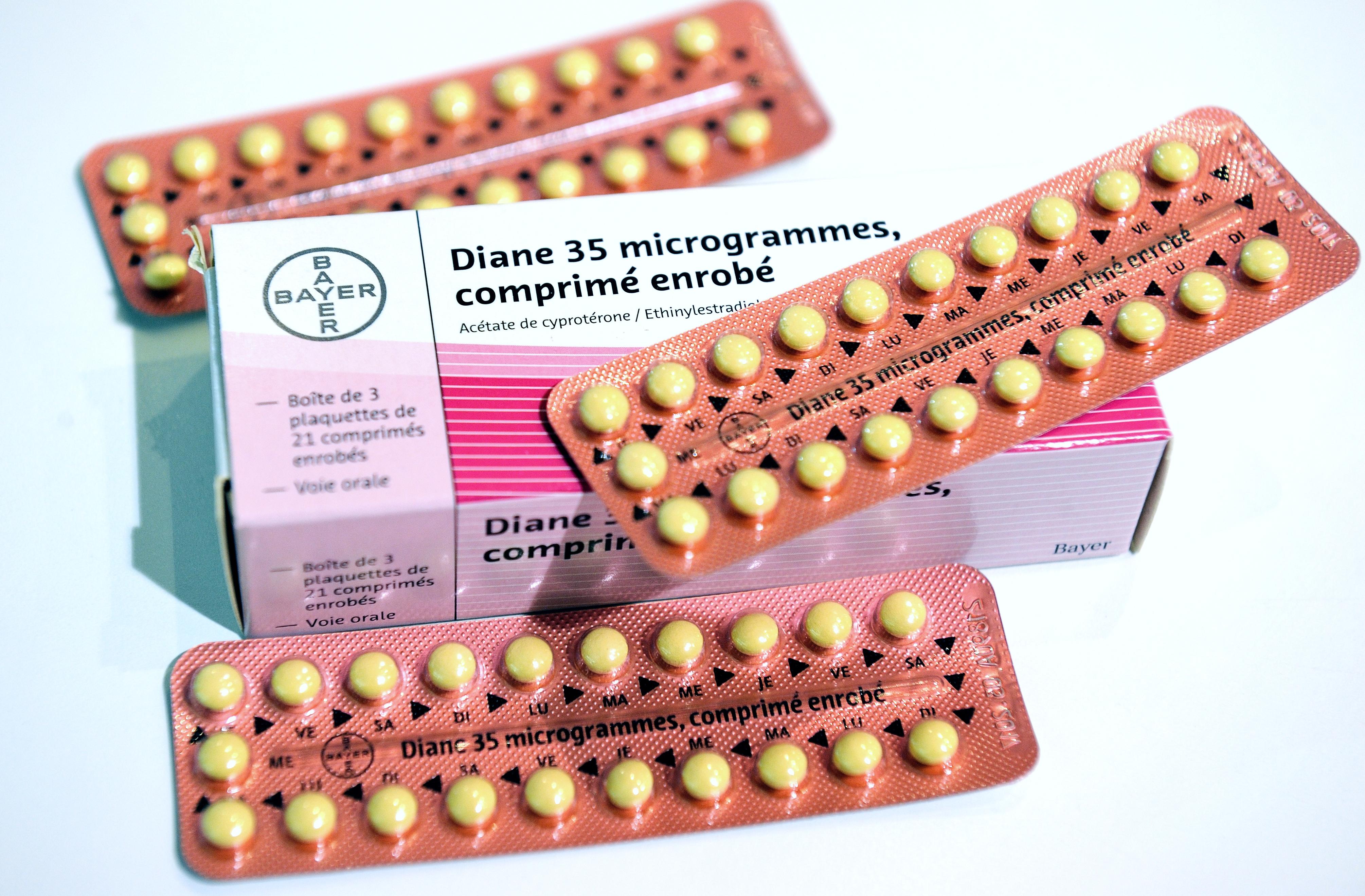The last time Republicans had unified control of the Congress and the presidency, they seized the opportunity to enact an expensive new expansion of the welfare state—Medicare Part D—which promised old Americans that the government would buy prescription drugs for them. It was a somewhat unusual debate in which Democrats were arguing for a cheaper alternative that would have offered similar coverage but without letting insurance companies take a slice off the top. Instead, the main savings would arise by letting Medicare “bargain” for lower prices in a kind of de facto price control system.
Well 10 years after it passed, Part D has been a lot cheaper than projected at the time and consequently Paul Howard is claiming victory in a Bloomberg piece.
But this completely misses the main reason Part D has been cheaper than the CBO thought it would: We haven’t invented very many new drugs. Over time, existing drugs become cheap because they lose patent protection. Consequently, if newly unpatented drugs aren’t replaced by newer and better drugs then drug spending naturally falls. Unfortunately, you also don’t get any new and better treatments for disease. And it turns out that some things are worse than high levels of health care spending. Getting sick and dying, for example, is worse.
To me that’s the big lesson about Part D. The American elite is obsessed with the question of health care spending aggregates, and particular public sector health care spending aggregates. But if you define the problem that way, you end up with perverse situations like a celebration of a technological slowdown.
